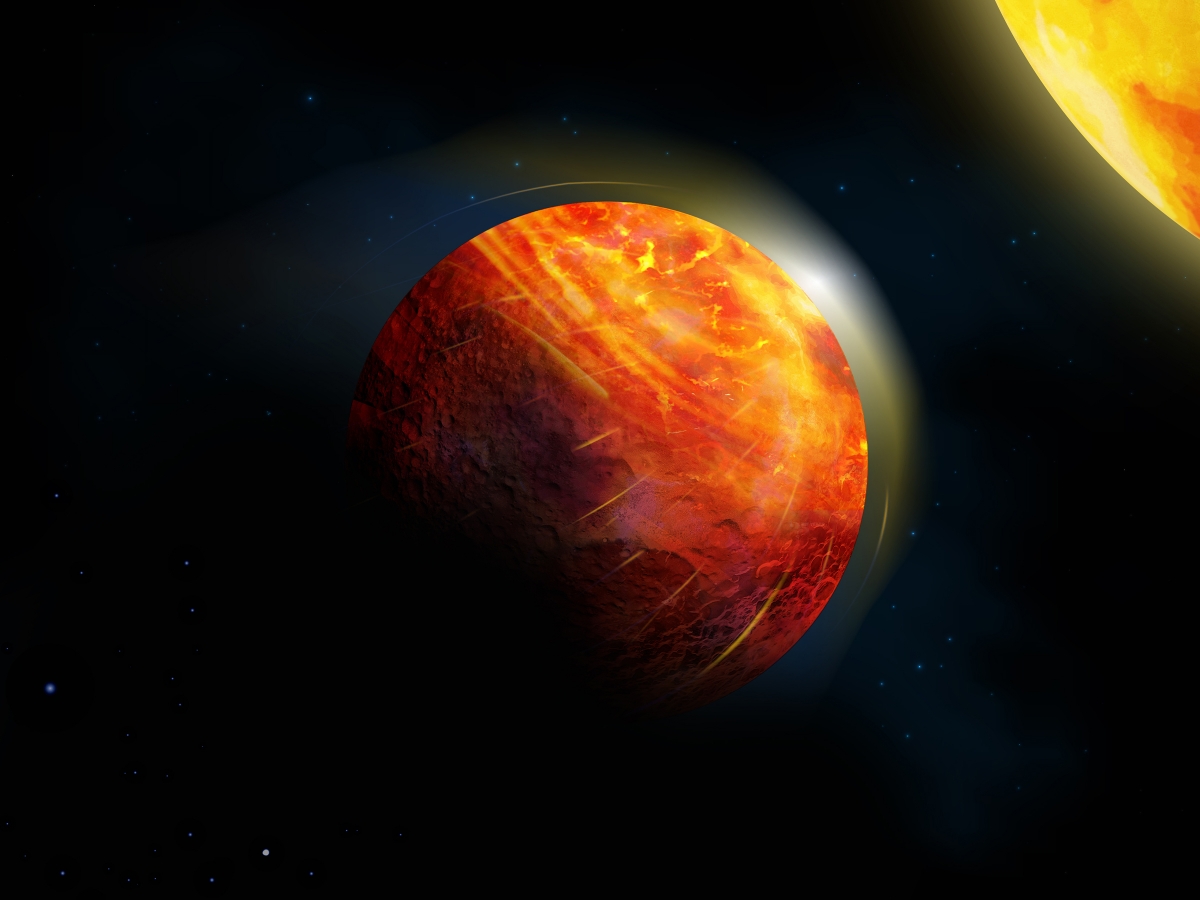Scientists have discovered a third exoplanet, which is part of the HD 63433 star system. In terms of its physical characteristics, it resembles the Earth, but at the same time has very extreme conditions on the surface.

HD 63433 is a young yellow dwarf that is less than 400 million years old. It is located at a distance of about 73 light-years from Earth in the direction of the constellation Gemini.
In 2020, an astronomer found two Neptune-like exoplanets in the HD 63433 system. Another one has been added to this list. After analyzing the data collected by the TESS telescope, the researchers found a signal repeating every 4.2 days. It corresponds to the transits of a rocky exoplanet, which is only 10% larger than the diameter of the Earth.
The orbit of the found exoplanet lies eight times closer to its star than the orbit of Mercury to the Sun. Because of this, it is in tidal capture and always faces the sun on the same side. According to astronomers, the temperature of its dayside is 1,250 °C, which is enough to melt rocks. Most likely, this world has no atmosphere, and the side facing the star is covered with a lava ocean.
According to the researchers, the small size of the planet, its “youth” and proximity to the star make it an interesting candidate for further observations. They could shed light on its “dark” side and give a definitive answer about the presence or absence of atmosphere.
Earlier we talked about the fact that an exoplanet close to Earth turned out to be dark and devoid of atmosphere.
According to https://phys.org
Follow us on Twitter to get the most interesting space news in time
https://twitter.com/ust_magazine


